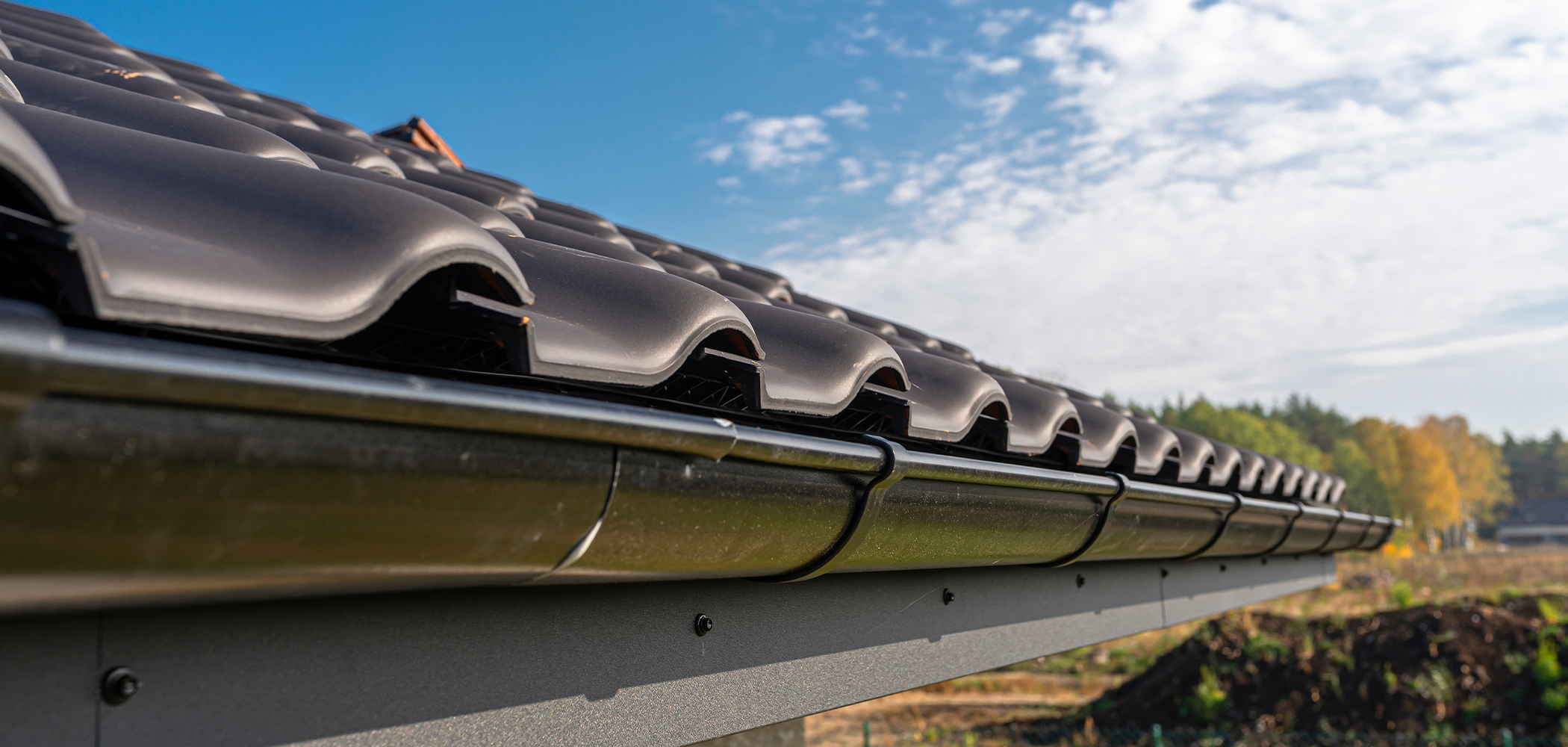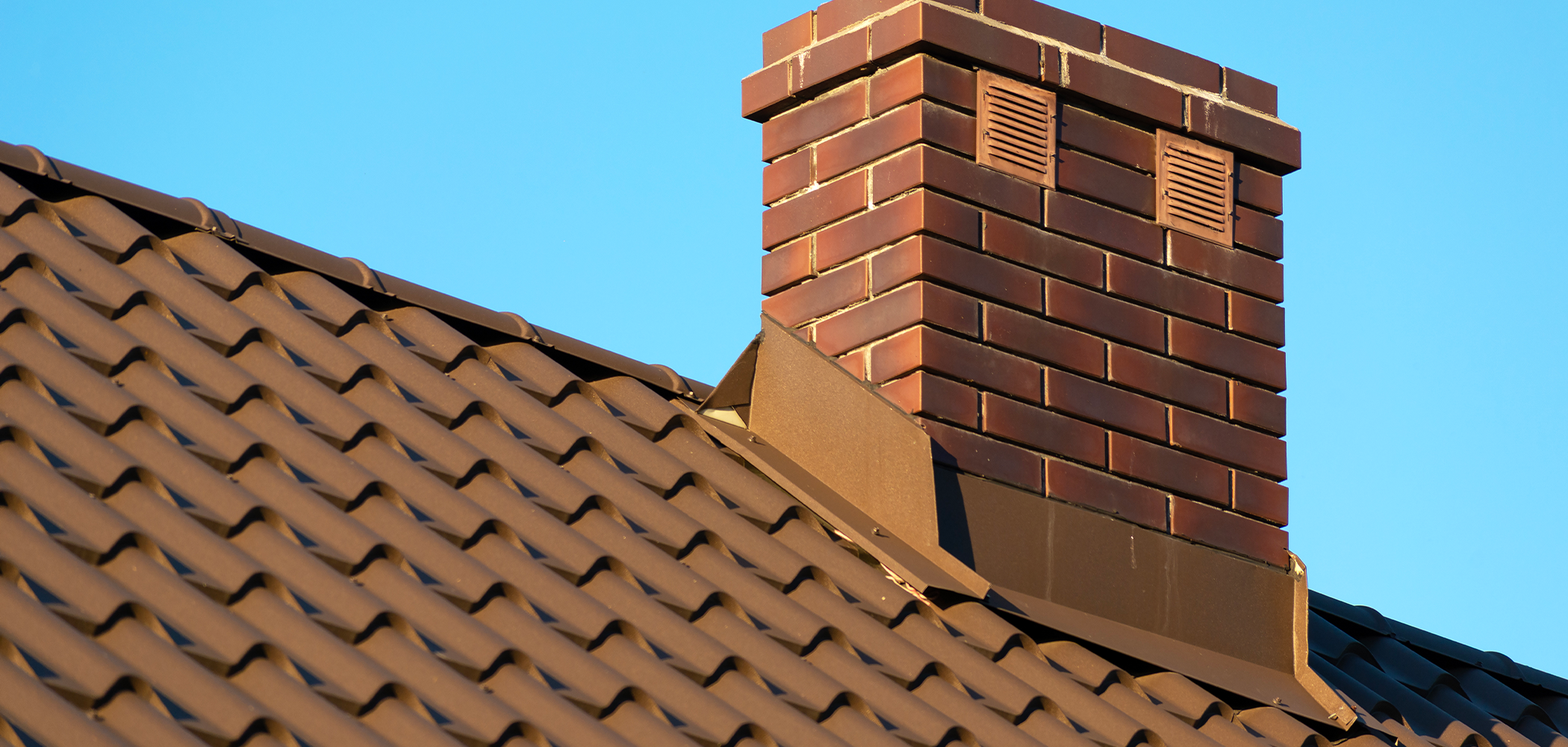Inspecting Your Roof for Winter Damage: A Homeowner’s Guide
In Spring, it is crucial to check your roof for any damage caused by snow, ice, and strong winds. A thorough inspection can help prevent costly repairs and ensure your home stays protected year-round. Here’s a step-by-step guide to inspecting your roof for winter damage.
1. Perform a Visual Inspection from the Ground
Before climbing onto the roof, start with a ground-level inspection. Walk around your home and look for missing, curling, or damaged shingles. Check for sagging areas, dark spots, or debris buildup, which could indicate trouble spots.
2. Check for Loose or Missing Shingles
Winter storms and ice buildup can loosen or tear off shingles. If you notice missing or damaged shingles, replace them promptly to prevent leaks and further deterioration.
3. Inspect Flashing and Seals
Flashing around chimneys, vents, and skylights helps prevent water infiltration. Look for cracks, rust, or gaps where water may seep in. Reseal or replace flashing as needed to maintain a watertight barrier.
4. Examine Gutters and Downspouts
Ice dams and heavy snow can damage gutters and downspouts, leading to improper drainage. Clear out leaves, debris, and any leftover ice buildup. Ensure gutters are securely attached, directing water away from your home’s foundation.
5. Look for Signs of Water Damage
Inside your home, check ceilings and attic spaces for water stains, mold growth, or musty odors—these are signs of leaks or poor ventilation. Addressing moisture issues early can prevent structural damage and health risks.
6. Assess Chimney Condition
If your home has a chimney, inspect it for cracks, loose bricks, or damaged mortar. A compromised chimney can lead to leaks and safety hazards, schedule repairs if necessary.
7. Evaluate Attic Ventilation
Proper attic ventilation is essential for preventing moisture buildup and ice dams. Make sure vents are clear of obstructions and insulation is evenly distributed to promote airflow.
8. Schedule a Professional Inspection
(If you do not have a go-to Inspection service provider for roofing, please reach out and I would love to connect you with a trusted professional in your area!)
Hiring a professional roofing contractor ensures a comprehensive evaluation. Experts can detect hidden damage and provide recommendations for necessary repairs or maintenance.
Inspecting your roof for winter damage early in the season, will prevent minor issues from becoming costly problems. Regular maintenance helps extend the life of your roof and keeps your home safe from leaks and weather-related wear. If you spot any concerns, don’t hesitate to take action and protect your investment!






